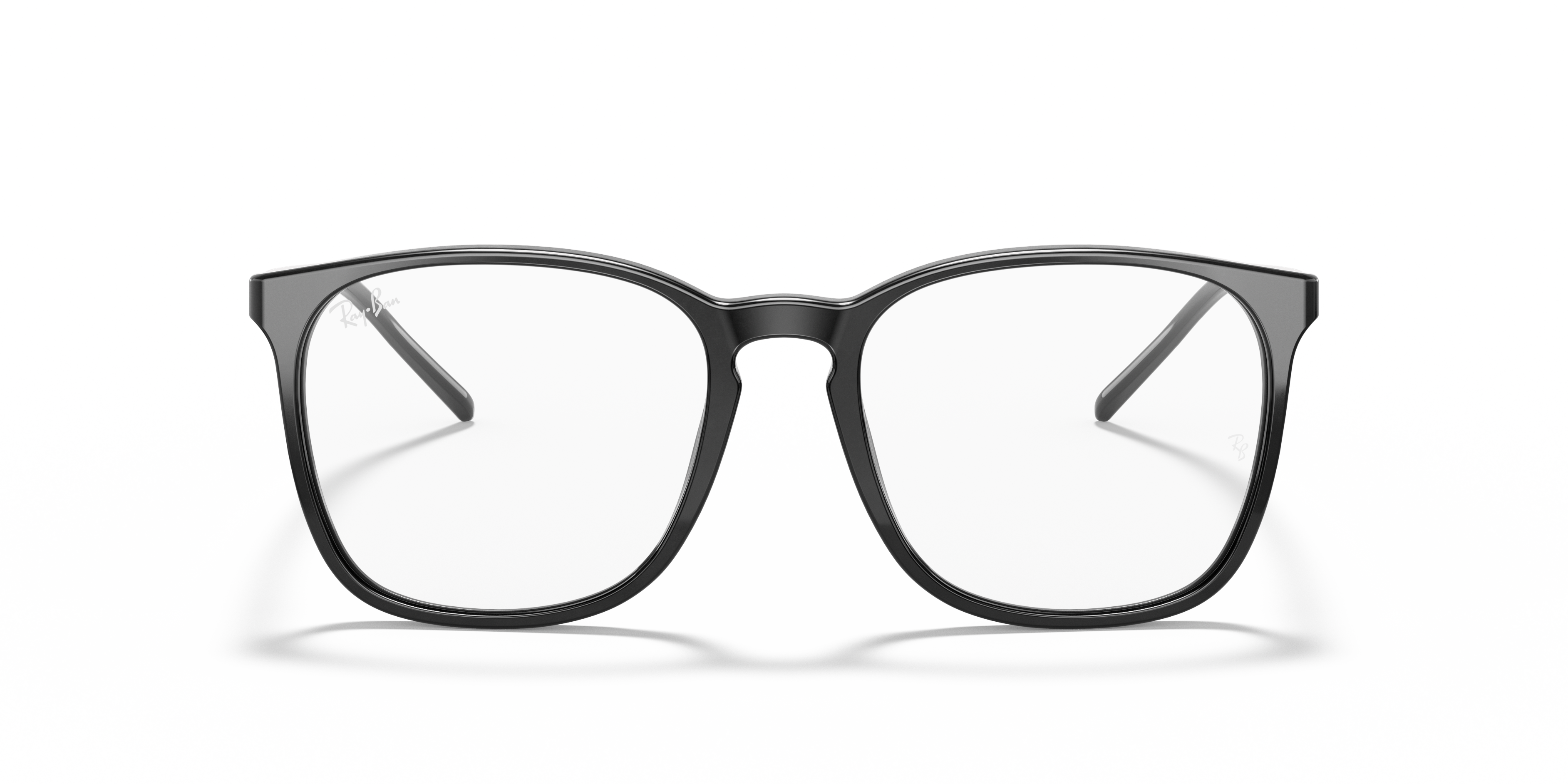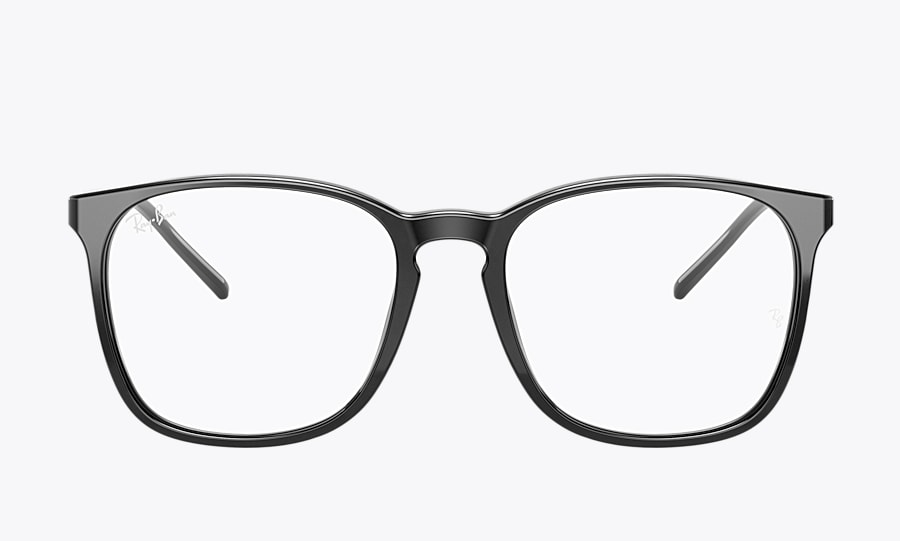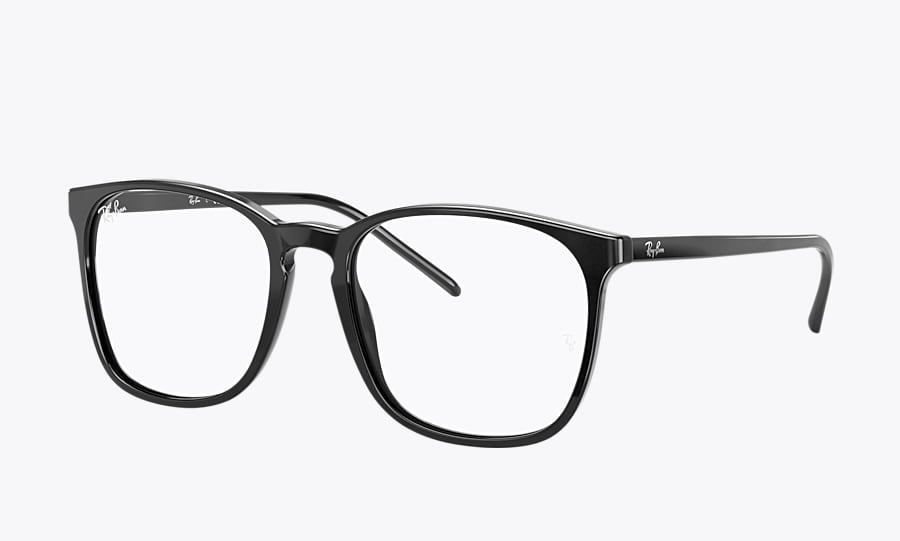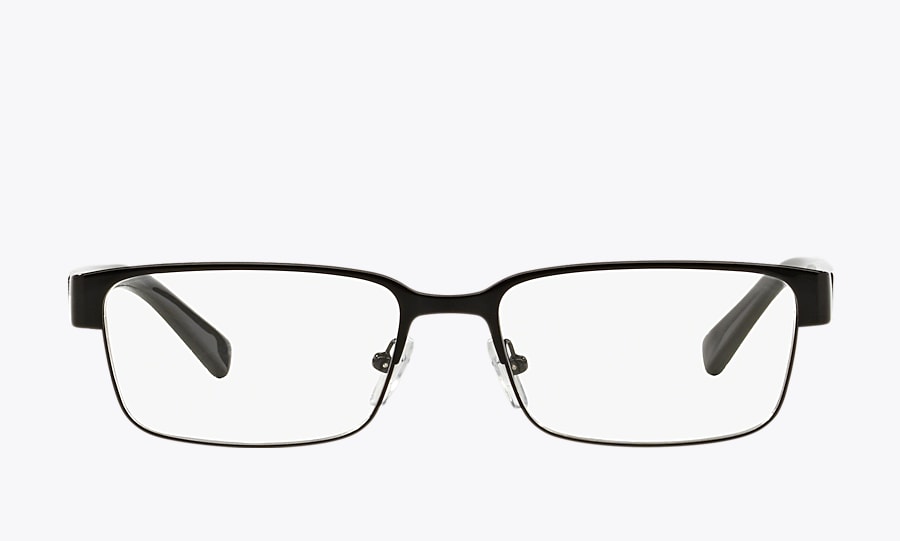
Can you have 20/20 vision and still need glasses? If you've never worn glasses before but are experiencing slight discomfort, it may be time to think about getting eyeglasses. Below are some common signs you need a pair of eyeglasses.
You need to squint to see
Vision changes can sneak up on you. You may find yourself frequently squinting or eye strain and discomfort which you never experienced before. These are signs you need to have your vision checked.
You have trouble seeing clearly up close or from a distance
You could require glasses if you see halos around light sources or have trouble seeing objects near or far (or some other sight-related symptom).
You shouldn't typically struggle with close-vision tasks like checking your mobile phone, reading a book, or reading street signs on the road and restaurant menus.
You get headaches often
Another sign that your eyesight may not be as good as it should be is if you frequently experience headaches or your eyes hurt. Your headaches may be caused by visual problems if they occur during the day or after spending long periods in front of a digital screen.
Working with a doctor can help you identify whether your headaches are caused by changes in your vision or if they are caused by something else.
You have difficulty focusing your eyes while you read
Another indication that you should see an eye doctor is if you have double vision or find it difficult to focus your eyes when reading.
You may also like
How to know if you need glasses
If you frequently get headaches, have vision problems, squint a lot, or hold books and magazines closer to your face than usual, you may need glasses. You should visit an eye doctor or other healthcare provider to determine whether you need glasses (or other treatment).
Why do so many people need glasses
People who suffer from refractive error, a common issue that causes vision blur, require glasses or contacts. What percent of people need glasses? Over 40% of Americans use glasses, and predictions indicate that by the end of the decade, one-third of the world's population will be nearsighted.
Even though myopia can usually be cured easily with glasses, contact lenses, or surgery, nearsighted patients are still at risk for cataracts, glaucoma, and retinal detachment.
Because of how widespread the condition is, researchers are unsure of its origin. Experts believe they understand why myopia has become increasingly prevalent. Today, people spend more time indoors, on screens, and doing other activities in poor lighting, which causes eye strain and may lead to myopia.
How can I check my eyesight at home?
How often should you get an eye exam? You should have your eyes checked periodically to monitor your eye health. If the cost of an eye exam deters you from getting your eyes checked, check your eyesight at home with a rudimentary visual acuity test. Print or purchase a vision chart like the Snellen eye chart. Fix the chart to a wall at eye level when sitting and make sure it is well illuminated. The at-home vision test won't be accurate if you can't see the vision chart due to poor lighting. Position yourself ten feet away from the chart and completely cover one of your eyes.
Try to read each line of the chart. Write down which line of the chart is the last one you can read correctly. Repeat the process with your other eye covered and record the other eye's results.
If you discover from the home test you need to start wearing glasses, visit your nearest eye care provider to get a prescription. When ready to buy, find your perfect pair by trying on glasses virtually. From glossy and matte frames to on-trend designs, you’ll always find the best fit for you!


























